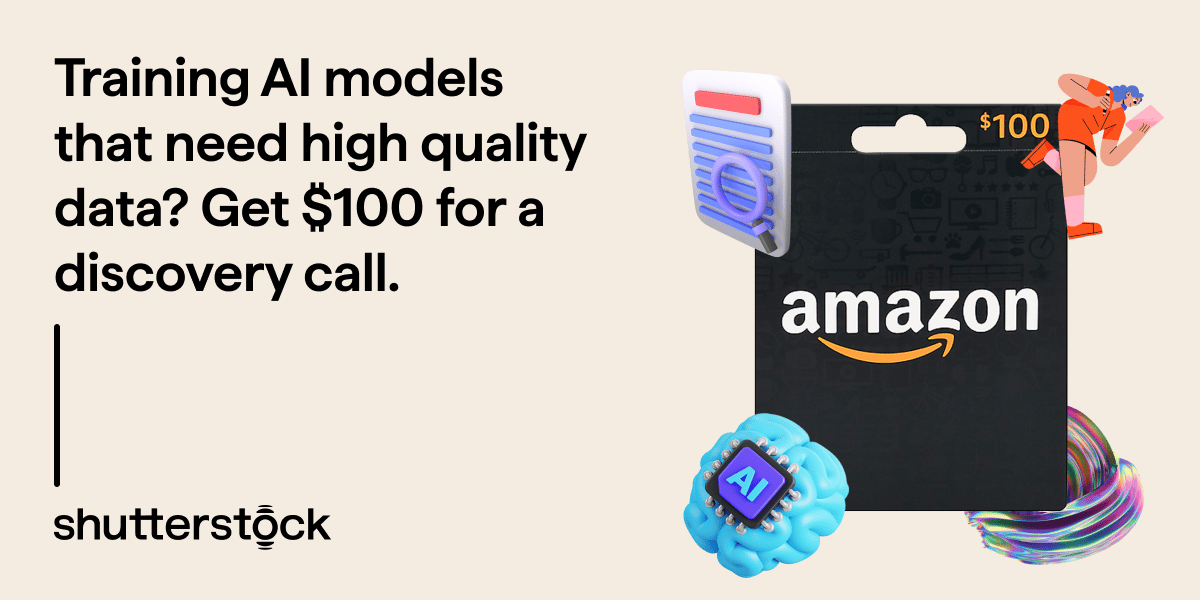- MakeMeExpert
- Posts
- Tokens Explained: The Hidden Language Inside AI
Tokens Explained: The Hidden Language Inside AI
Exploring tokens in LLM. What they are, how tokenization works, types of tokenizers, costs, and why they matter for AI models.

What even is a Token?
I once thought AI just read my words straight, like me reading a page. Nope. It chops them. Into bits. Called tokens. Imagine Lego bricks but for sentences. One word can split into smaller pieces, even letters. AI doesn’t see “language” like me. It sees numbers tied to those tiny pieces. Weird but kinda smart.
When I type something, the whole text gets turned into tokens. All of them. Then each token becomes a number. Each number belongs to a huge list the model already knows. Computers love numbers, so that’s how the magic works. Later, when AI replies, it spits out more tokens, flips them back into normal words, and here I am reading like nothing strange happened.
Training Generative AI? It starts with the right data.
Your AI is only as good as the data you feed it. If you're building or fine-tuning generative models, Shutterstock offers enterprise-grade training data across images, video, 3D, audio, and templates—all rights-cleared and enriched with 20+ years of human-reviewed metadata.
With 600M+ assets and scalable licensing, our datasets help leading AI teams accelerate development, simplify procurement, and boost model performance—safely and efficiently.
Book a 30-minute discovery call to explore how our multimodal catalog supports smarter model training. Qualified decision-makers will receive a $100 Amazon gift card.
For complete terms and conditions, see the offer page.
Tokenization – the chopping machine
Okay but how? That cutting-up trick has a name: tokenization. Think scissors cutting a stream of text into smaller bites. It’s not only about splitting at spaces though. Way fancier. Algorithms do it. Without tokenization AI would need one ID for every single word ever. Every typo. Every combo. It’d be huge and impossible.
Instead, words break into common parts. Example: “unbelievable” → “un” + “believe” + “able.” So even if AI never saw that long word before, it still understands because it knows those smaller chunks. That saves space, keeps vocabulary neat, and helps AI understand new stuff.
Tokenizers not same everywhere
Turns out, not all tokenizers are the same. Different recipes. The most famous three: BPE, WordPiece, SentencePiece.
BPE (Byte Pair Encoding): starts with letters, finds pairs that show up often, glues them together. Repeat, repeat, until it builds a decent vocabulary. Example: it may notice “in” shows up a lot, so it makes “in” one unit. Simple idea, strong results.
WordPiece: close to BPE but pickier. It doesn’t just grab the most frequent pair. Instead it asks: what new merge helps predict text better? It looks at probabilities. Mathier. Ends up with tokens that make sense in context.
SentencePiece: solves a big headache—languages without spaces, like Chinese or Japanese. BPE assumes words already split, but not true for every language. SentencePiece treats the whole input, even spaces, as characters. Uses merging tricks too. Underscores represent spaces, so it can rebuild sentences later. This makes it flexible for multilingual stuff.
So yeah, different tools but same job: cutting text into manageable chunks.
Tokens cost money too
I learned another thing. Tokens not just tech—they’re money. Seriously. Cloud AIs charge based on tokens. Your input (what you type) counts. Output (what it replies) counts too. Sometimes prices are different for input vs output. Example: one model may cost $2.50 per million tokens input but $10 per million output. Depends which model.
And there’s limits. Models only handle a certain number of tokens at once. That limit is called context window. GPT-3.5 had 16k tokens. GPT-4 Turbo? 128k. Claude hits 200k. Gemini 1.5 Pro? Crazy 2 million. If I want AI to write a book, I can’t just dump everything in. I gotta chop it into smaller parts. Otherwise it breaks. Developers keep pushing those limits higher, so someday maybe whole books in one shot.
Why tokens matter beyond cost
Tokenization is more than billing. It’s at the heart of performance. Breaking text into tokens makes processing faster. AI can juggle big tasks because it handles chunks, not messy full sentences.
Training also depends on tokens. Models don’t just learn from “parameters.” They also need huge amounts of tokens during training. More tokens = more examples seen = deeper knowledge. So size of training data matters as much as architecture.
Still, problems exist. Strange spellings, typos, messy text? Tokenizers may struggle. They fall back to weird splits. Multilingual models suffer too, since tokenizers may not cover every combo. And once a model is trained with one tokenizer, it’s locked. You can’t easily swap. Stuck with it.
Looking forward
AI’s future means new tokenizer tricks. Smarter splits, more natural handling, fewer limits. Machines get better at language every year. By knowing about tokens, I actually peeked into the machine’s brain. Without them, the whole system would fall apart. Tokens are like tiny hidden gears running the whole clock.

